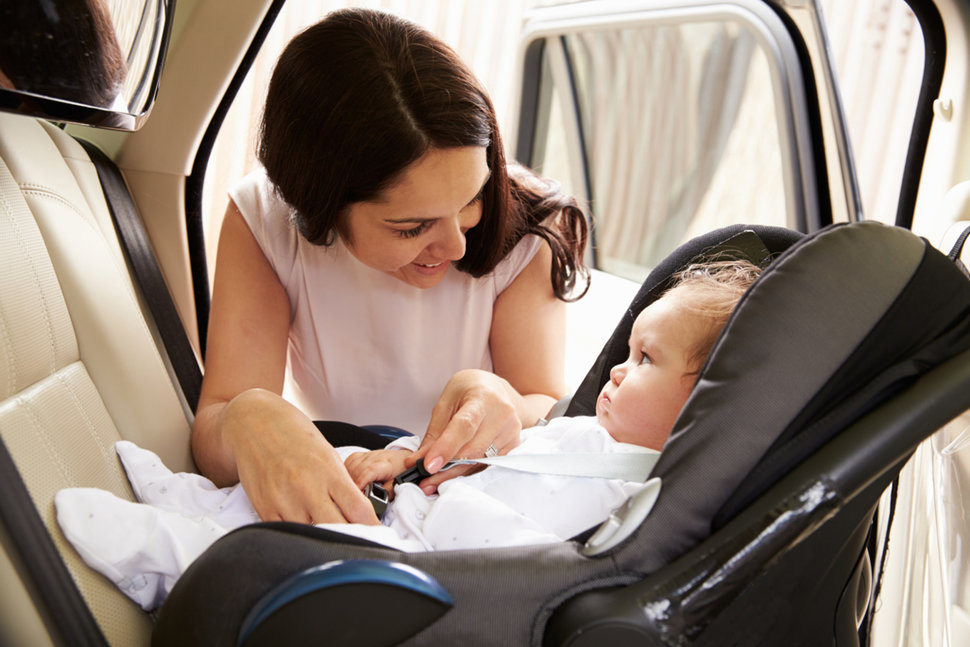
Originally posted on my US News & World Report parenting blog (March 19)
IN THE WORLD OF parenting, we’re conditioned to treat anticipated transitions as cause for celebration – like when a child reaches a new developmental milestone or advances to the next grade. And we’re led to believe that sooner is usually better (think potty training). But this way of thinking has its limits and it’s particularly problematic when it comes to car seats, where the safest approach is to take time with each transition.
Whether you’re moving a child from a rear-facing seat to one that’s forward-facing or a child is “graduating” from a five-point harness to a booster seat and ultimately to vehicle seat belt use – it’s best to make these changes as late as possible. The same holds true, by the way, for moving older children from the back seat to the front – which, in case you’re wondering, isn’t generally recommended before age 13.
With respect to transitioning from rear-facing to forward-facing, the consensus of the American Academy of Pediatrics, Safe Kids Worldwide and the National Highway Traffic Safety Administration is that children are safest when kept rear-facing as long as possible within the height and weight limits of their rear-facing car seat, which typically translates to age 2 if not older. As with most aspects of parenting, however, actually committing to keep toddlers rear-facing longer and following through is easier said than done.
I was recently reminded of the additional practical challenges involved when a senator in my home state of Nebraska introduced new and improved car seat legislation requiring appropriate child safety seat use up until the age of 8 (instead of 6), rear-facing until the age of 2, and keeping children under the age of 13 in the back seat. In the spirit of helping this important bill become law, I made my way to the state capitol a couple of weeks ago armed with nearly two decades worth of professional insights and information about the life-saving benefits of the proposed changes.
Read more…..
